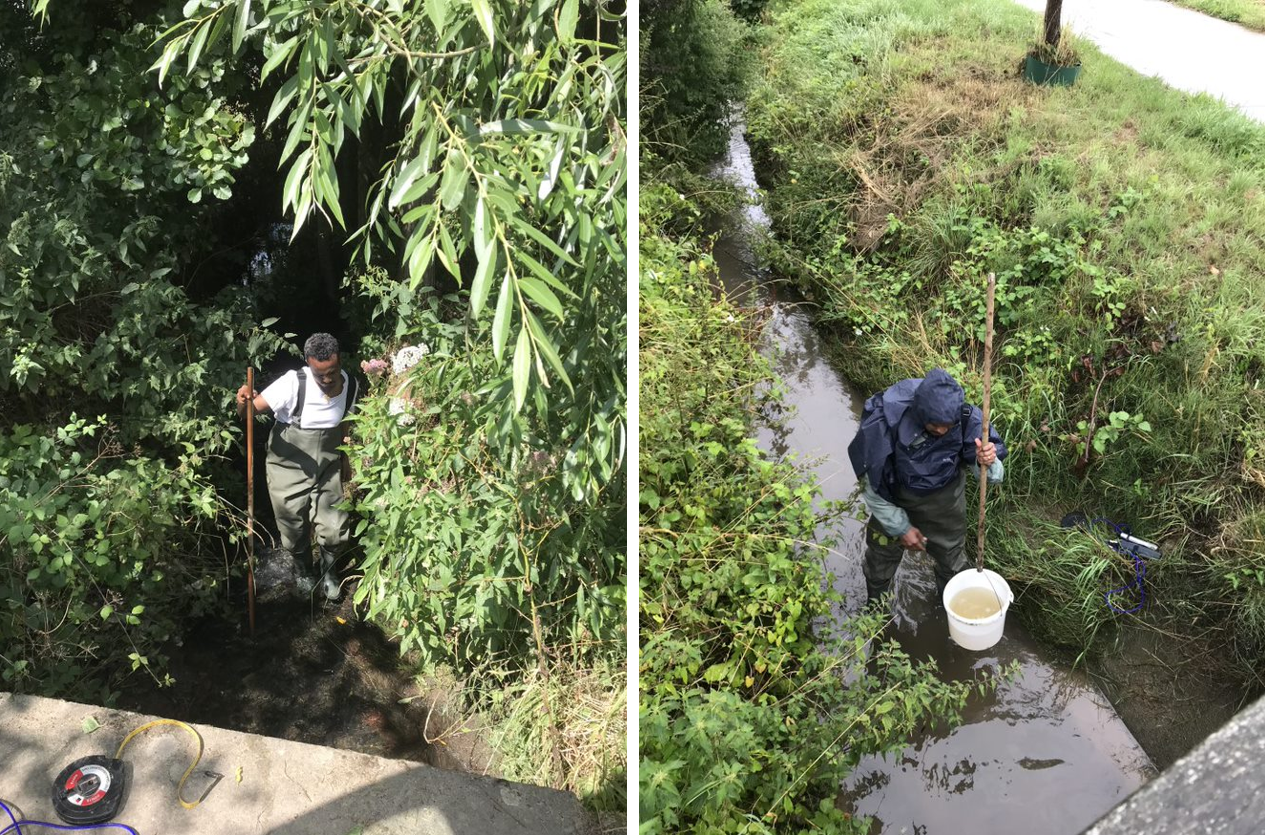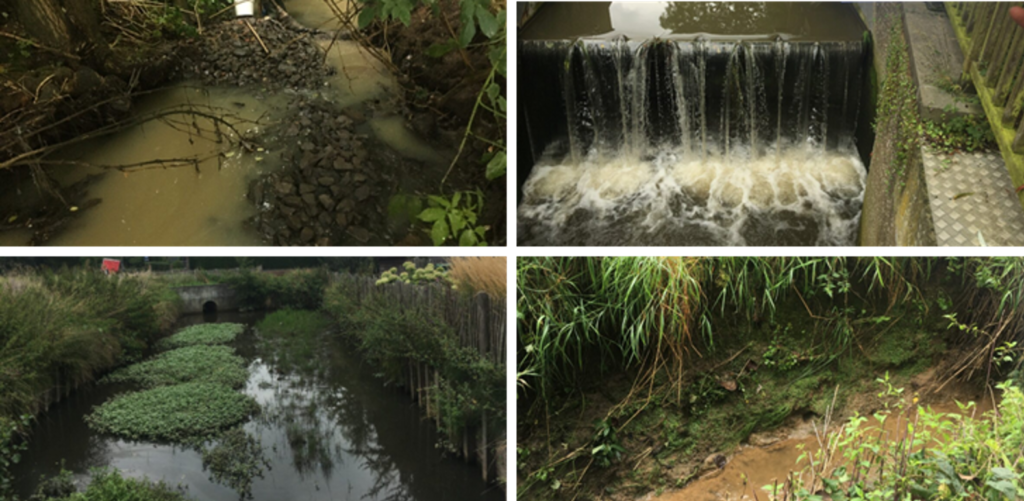
Monitoring the Health of Urban Riverine Ecosystems In Gent
Urban aquatic ecosystems play a vital role in providing various invaluable ecosystem services but face growing challenges such as water pollution, which poses risks to ecosystems and human health (Hakeem et al., 2020). In Belgium, the main pressures leading to habitat degradation and fragmentation of urban ecosystems are urban and industrial expansion as well as agriculture activities (Convention on Biological Diversity). Additionally, climate change is a pressing problem with significant impacts on these ecosystems and their biodiversity, which in turn has consequences for humans. Specifically, tick bites are of growing concern in Belgium because ticks can carry bacteria that cause Lyme disease and pose a risk to humans. In 2017, 8500 tick bites were reported in Belgium, with 58% of the bites occurred in Flanders (Sciensano). The peak tick season coincides with increased outdoor activities from May to July due to good weather conditions and holidays. Therefore, monitoring water quality, hydro-morphological characteristics of streams, indicators of ecosystem health and health risks is of paramount importance to ensure that these ecosystems meet the required health standards. It is also crucial for raising public awareness and taking precautionary measures.
The OneAquahealth team at Ghent University undertook intensive field campaigns from June to August aiming to assess the current status of the freshwater ecosystems in the urban areas of Gent and neighbouring municipalities (Merelbeke, Melle, Oosterzele, Zottegem and Zwalm). Biofilms and water samples were collected, as well as environmental parameters (e.g. dissolved oxygen, conductivity, pH and temperature) were measured on-site using multiprobes (see image below). Hydro-morphological characteristics of streams such as flow types, channel and bank substrate types and water depth and width were also assessed.
In each studied stream, macrophytes and riparian vegetation were characterized and recorded as indicators of ecosystem health (see image below). The presence of barriers and other artificial features were also recorded. Additionally, samples of diatoms, which are important indicators of the overall health and quality of aquatic ecosystems were taken. Furthermore, tick sampling was also carried out.

Comprehensive characterization of urban river ecosystems is an essential step to tackle the increasing challenges and ensure ecosystems and human health. The efforts by the OneAquahealth team at Ghent University to conduct intensive field campaigns will help to effectively assess the current ecological status of the ecosystems, enabling early detection of pollution events and prompt design of effective interventions.
References:
Hakeem KR, Bhat RA, Qadri H. Bioremediation and biotechnology: Sustainable approaches to pollution degradation. Bioremediation and Biotechnology: Sustainable Approaches to Pollution Degradation. 2020. 1–327 p.
Convention on Biological Diversity. Biodiversity facts: Status and trends of biodiversity, including benefits from biodiversity and ecosystem services. Main Details (cbd.int) (Accessed on 16/11/2023)
Sciensano. Surveillance van tekenbeten in België: gegevens van TekenNet 2017 en resultaten van de studie op ziektekiemen in teken die werden verzameld op mensen. https://www.sciensano.be/ (Accessed on 16/11/2023).
Author(s):
Written by Shewit Gebremedhin Kidane, University of Ghent
Edited by Marie Anne Eurie Forio, University of Ghent